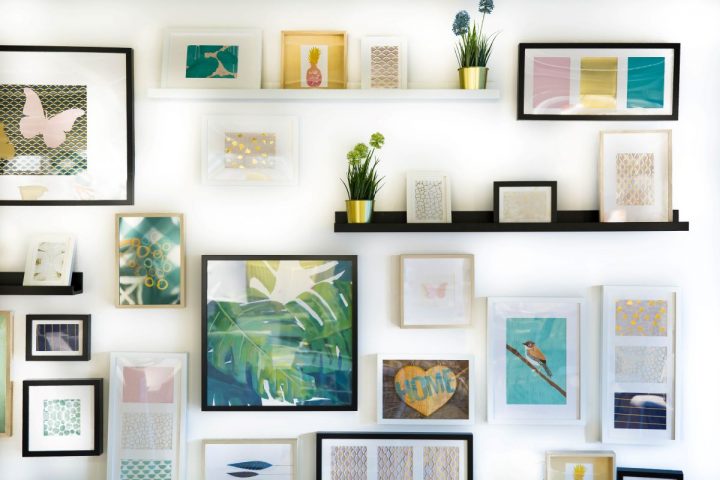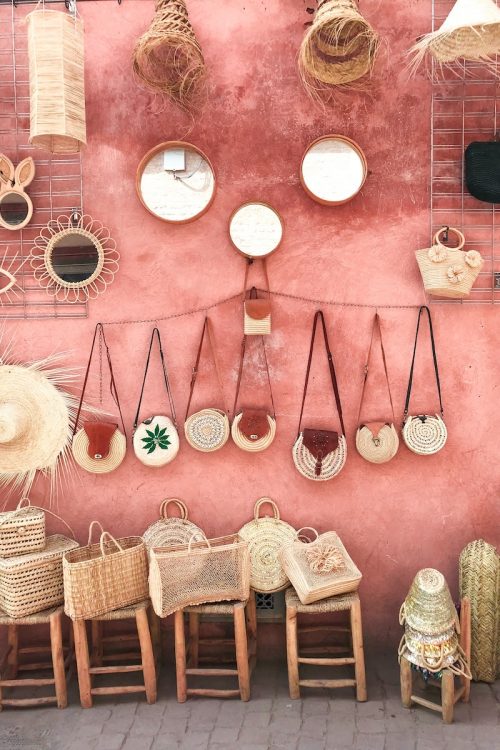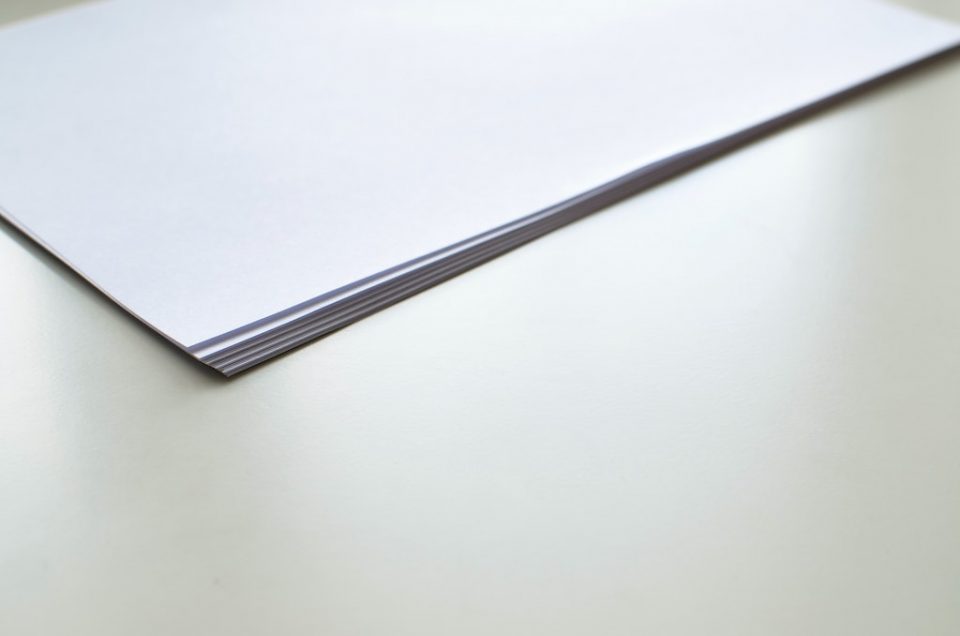How to prepare a document for a print shop

Choose Your Next Printer
September 12, 2019
Printing pioneers – Hewlett & Packard
September 23, 2019
Ensuring a professional finish for your brochures, posters and other printed materials isn’t as simple as choosing the right paper – although that helps. Business Optimizer talks you through how to ensure printing success when using a print shop.
When you choose the right printing partner, they should be more than happy to talk you through exactly what they need to ensure optimal results. But the decisions you make early on – even before you choose a printing partner – can be critical.
Know what you want the final output to look like before you begin: we recommend requesting paper samples and print finish samples from potential suppliers before you get started.
Understand what file types your chosen print shop will accept: industry-standard graphic file formats include Adobe InDesign, QuarkXPress, Adobe Illustrator, Adobe Photoshop, Microsoft Publisher, PDF, TIFF, EPS, and JPG – and you’ll find most print shops will accept all of these formats. However, because some of these formats require you to package up the design files with the image files and fonts used in the document, some print shops prefer a print-ready PDF. This makes it important to speak with your print shop about the file type they’d prefer in advance.
Get the resolution right: while you might be used to working at 72dpi for web images, for print jobs the minimum resolution is typically 300dpi. Make sure you set the right resolution when you begin creating your document or image for printing and work with images and logos at the right resolution.
Choose the right colour mode: for web design, RGB or Hexadecimal colour specifications are standard, but for printed materials you’ll need to work in CMYK. Conversion between colour modes isn’t always accurate, so set the right colour format for your document before you start work.
Check the document size: when you create the document, you’ll need to ensure you specify the right page size (width and height) but, for many page layout and graphics packages, you’ll also need to doublecheck these sizes when you produce the final PDF output too.
Remember that folded documents should be created as a single page or image. If you have multiple pages, speak with your print shop about the weight of paper being used and whether this will require you to include a spine as part of the cover design.
Include a bleed: this is important if your print job has colour sections which extend right to the edge of the design. This means you need to give your printer an image that extends 3mm beyond the edge of your document (and the colour needs to extend into this area).
A print shop will usually print on paper that is larger than your finished document size, printing multiple copies per sheet and only later trimming it to its final size. This ensures that, when the document is trimmed, the design does go the very edge of the page – and avoids the risk of a white strip along the edge of the printed page.
Include crop marks: these crop marks are essential, so your printer can trim the paper correctly.
Run a “pre-flight” check: if you are providing your print shop with a print-ready PDF, you can use Adobe’s “pre-flight check” to validate the image resolution, bleeds, spot colours, etc. before you send the file on to your print shop.
Pay attention to special effects: if your document has special effects, such as special folding, cutting, transparencies, foil blocking, or gloss varnishing, it is worth speaking with your printer to see how they prefer to deal with these. They may want a flat JPEG of the artwork submitting in addition to the PDF or, possibly, a printed hard copy from you. They may ask you to flatten transparency, for which you’ll need to create a PDF/X1a compliant file. Some printers prefer a separate PDF file which shows just the areas that require foil blocking/ other special finishes.
If you are using die-cutting or folding, make sure the cutting guidelines are visible against your artwork.
If in doubt, ask: your print shop should be happy to answer any questions you have about the best way to submit your work. If they’re not, perhaps you need to review your choice of partner.



